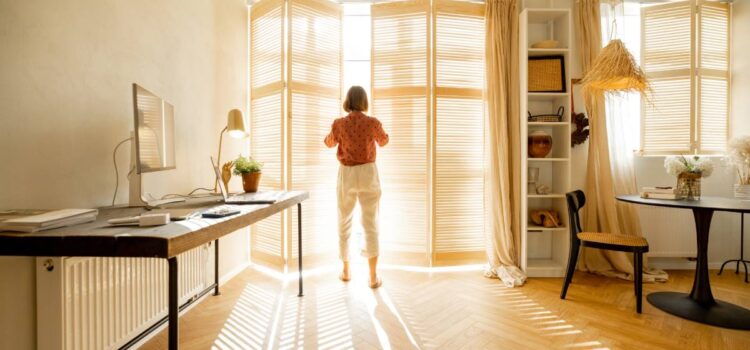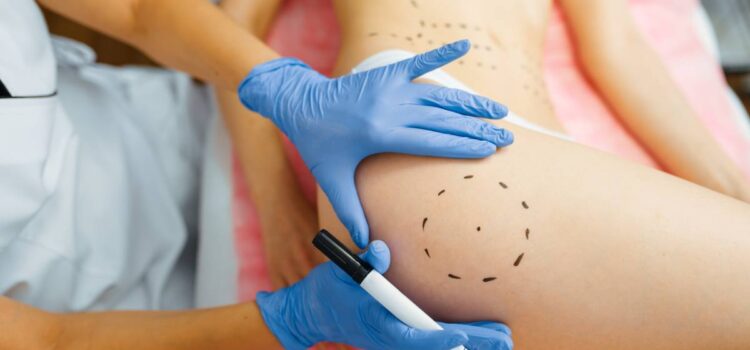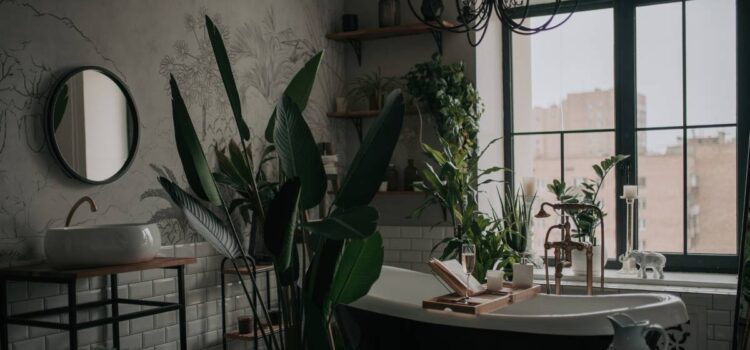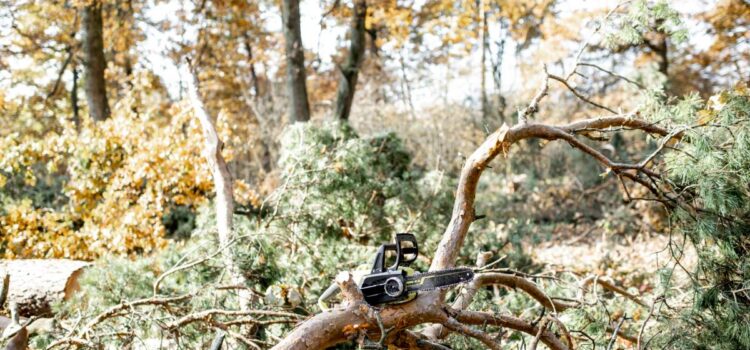We’ll explore the pros and cons of various materials to help you determine the best material for plantation shutters based on your needs, preferences, and budget.


We’ll explore the pros and cons of various materials to help you determine the best material for plantation shutters based on your needs, preferences, and budget.

What is liposuction? How long liposuction lasts? How much does it cost in Thailand? Read this to know more

Plants like Spider Plant, Snake Plant, and Peace Lily help improve air quality, absorb moisture, and prevent mold in bathrooms.

A Guide to Risks and Impacts of Driving on Low Fuel, Along with Tips to Maintain Your Car and Avoid Potential Issues

Explore the nutritional differences, taste, and health benefits of duck eggs vs. chicken eggs to determine the best option for your diet and health needs

Professional cleaning saves time, improves health, and extends property life. Choose ISSA-certified providers for quality.

Pest control in Australia should be done every 3-6 months for rodents and termites, with costs ranging from $150 to $400.

How early is early enough? Let’s dive into the timeline and factors you need to consider. Please read this before your planning!

What are the dangers of fleas? How can expert pest control help with my flea problem? Read this for more information

what happens if you neglect this essential task? And when is the best time to prune your trees? Read this to learn more
Comments